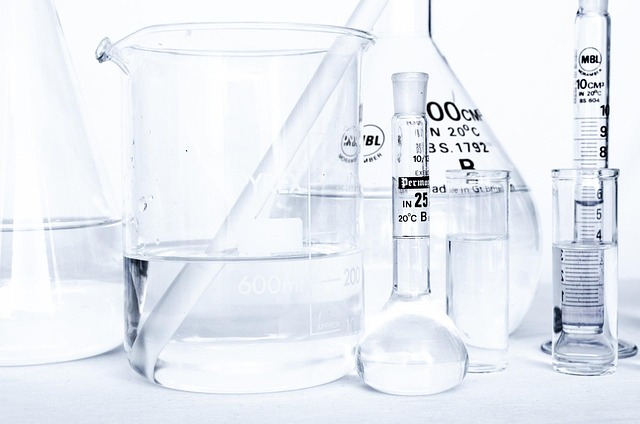
Antigen Retrieval
Understanding Antigen Retrieval
In the world of pathology, antigen retrieval is a crucial step that helps in the accurate detection of proteins in tissue specimens. When tissues are processed for routine pathology, they undergo fixation in formalin and embedding in paraffin wax. This process, while necessary, can mask the epitopes—those specific parts of the antigen that antibodies recognize. So, how do we bring those hidden antigens back into the spotlight? That’s where antigen retrieval techniques come into play! 🌟
Why is Antigen Retrieval Necessary?
When tissues are fixed in formalin, the proteins undergo denaturation, which can obscure the epitopes. This masking can hinder the ability of antibodies to bind effectively during immunohistochemistry (IHC) staining. Antigen retrieval methods help to re-expose these hidden antigens, making them accessible for antibody detection. Without this step, diagnostic accuracy could be compromised, leading to potential misinterpretations of disease states.
Methods of Antigen Retrieval
There are two primary methods for antigen retrieval: enzymatic digestion and heat-induced epitope retrieval (HIER). Each method has its own set of advantages and considerations.
- Enzymatic Digestion: This method uses proteolytic enzymes such as trypsin, pepsin, or protease to digest the tissue sections. The enzymes break down proteins that may be masking the epitopes, allowing antibodies to bind more effectively. While this method can be very effective, it requires careful optimization to avoid over-digestion, which can damage the tissue.
- Heat-Induced Epitope Retrieval (HIER): HIER is a widely used technique that involves heating the tissue sections in a buffer solution, often using a microwave or a pressure cooker. This method is particularly effective for demasking antigens in formalin-fixed tissues. The exact mechanism of how HIER works isn’t fully understood, but it’s believed that heat helps to break the cross-links formed during fixation, thereby revealing the epitopes. 🔥
Choosing the Right Method
It’s important to note that there isn’t a one-size-fits-all approach to antigen retrieval. The optimal method can vary depending on the specific antibodies and epitopes being targeted. Some antibodies may respond better to enzymatic digestion, while others may require HIER for effective retrieval. This variability means that pathologists often need to experiment with different protocols to find the best fit for their specific needs.
Conclusion
Antigen retrieval is a vital process in pathology that enhances the detection of proteins in tissue specimens. By utilizing methods like enzymatic digestion and heat-induced epitope retrieval, pathologists can improve the accuracy of their diagnoses. Understanding these techniques not only helps in achieving better results but also contributes to the overall advancement of diagnostic pathology. So, the next time you hear about antigen retrieval, you’ll know just how important it is in the world of tissue analysis! 🧬

















 Incubator Shakers
Incubator Shakers 
 Health
Health  Fitness
Fitness  Lifestyle
Lifestyle  Tech
Tech  Travel
Travel  Food
Food  Education
Education  Parenting
Parenting  Career & Work
Career & Work  Hobbies
Hobbies  Wellness
Wellness  Beauty
Beauty  Cars
Cars  Art
Art  Science
Science  Culture
Culture  Books
Books  Music
Music  Movies
Movies  Gaming
Gaming  Sports
Sports  Nature
Nature  Home & Garden
Home & Garden  Business & Finance
Business & Finance  Relationships
Relationships  Pets
Pets  Shopping
Shopping  Mindset & Inspiration
Mindset & Inspiration  Environment
Environment  Gadgets
Gadgets  Politics
Politics 